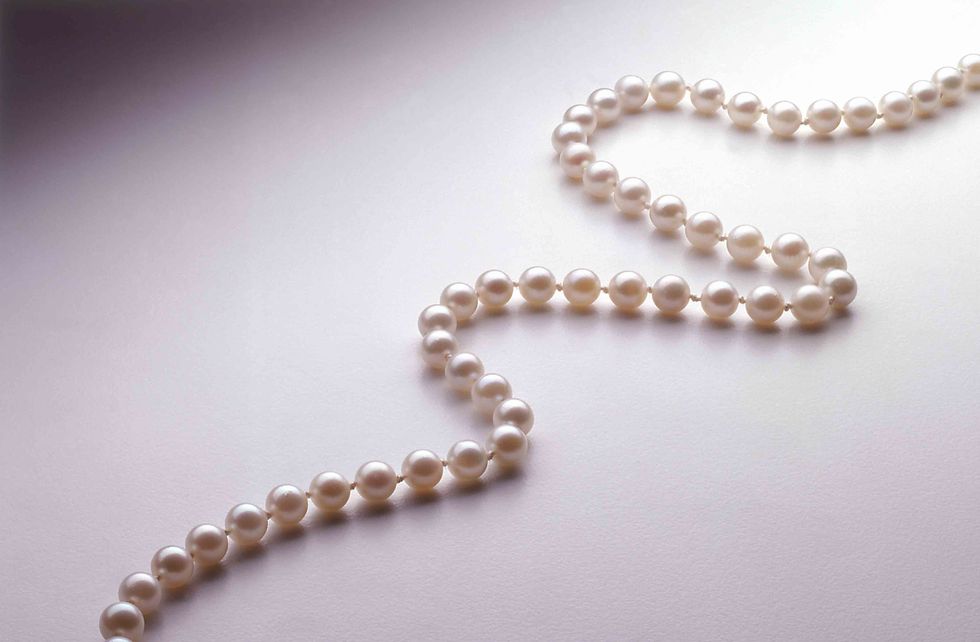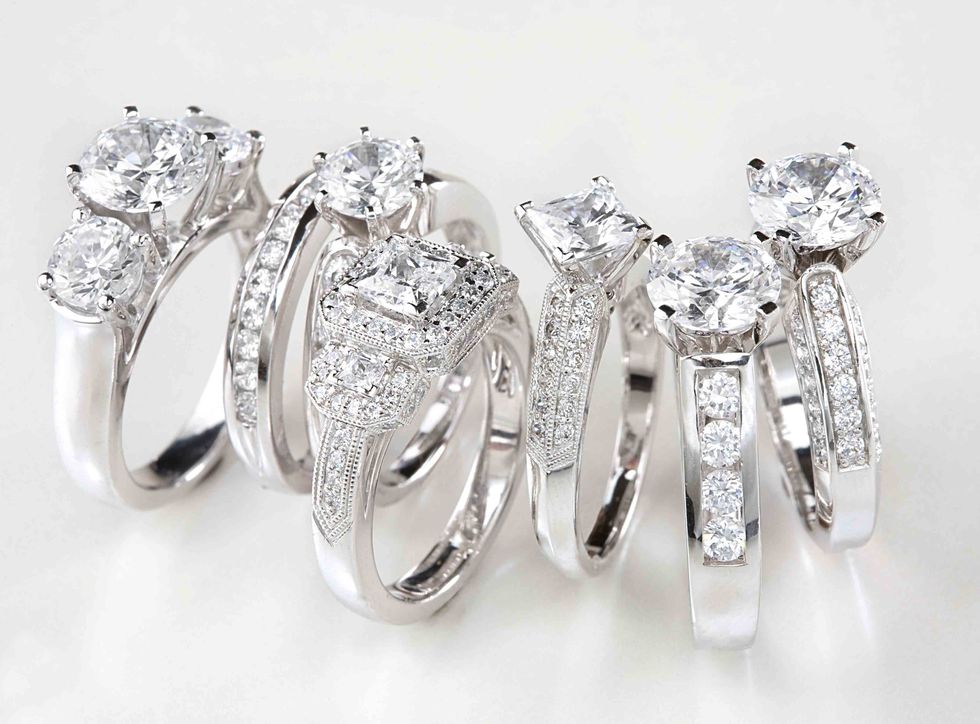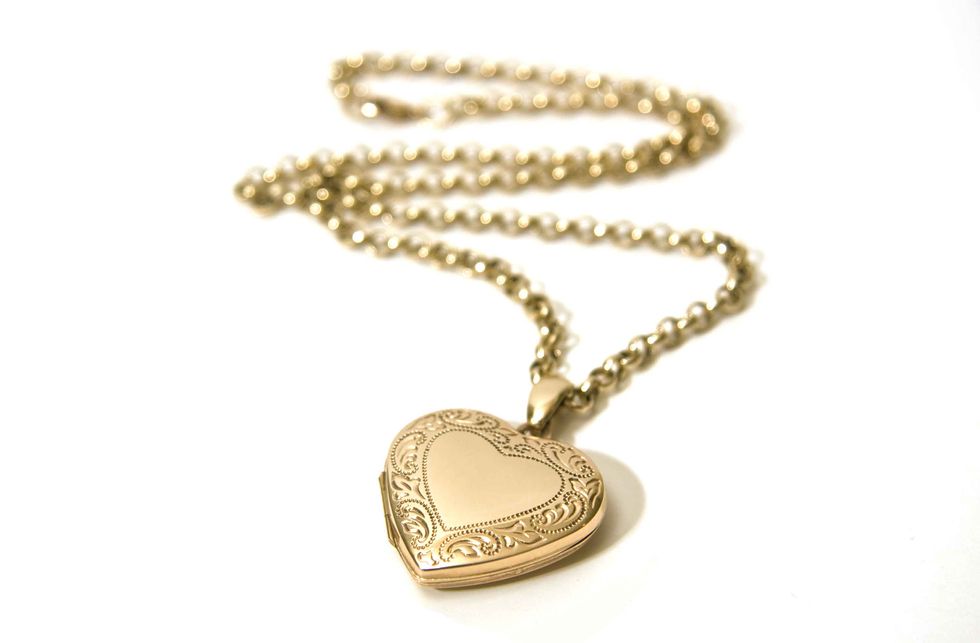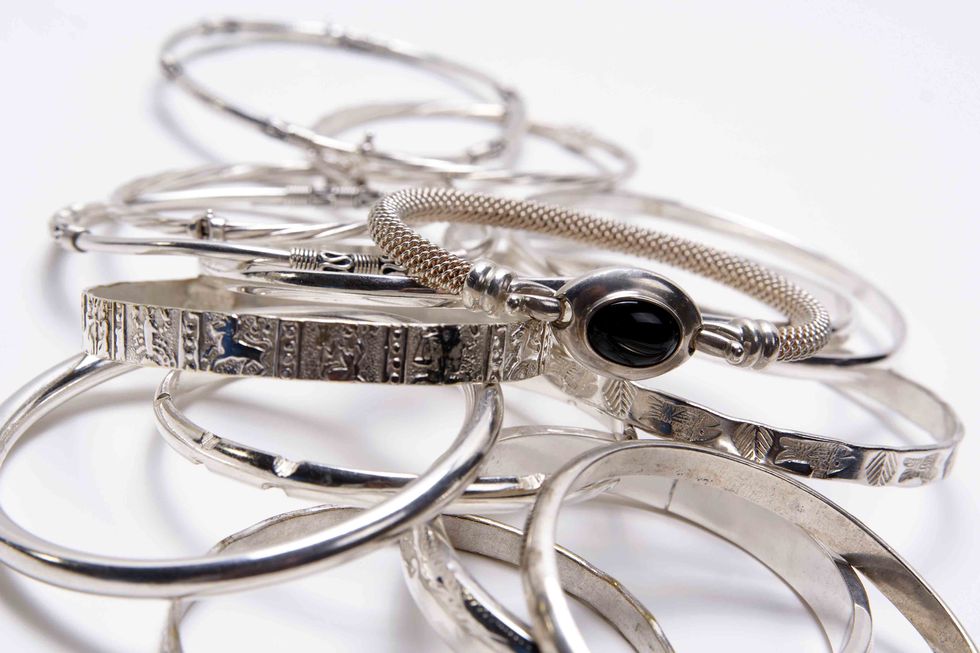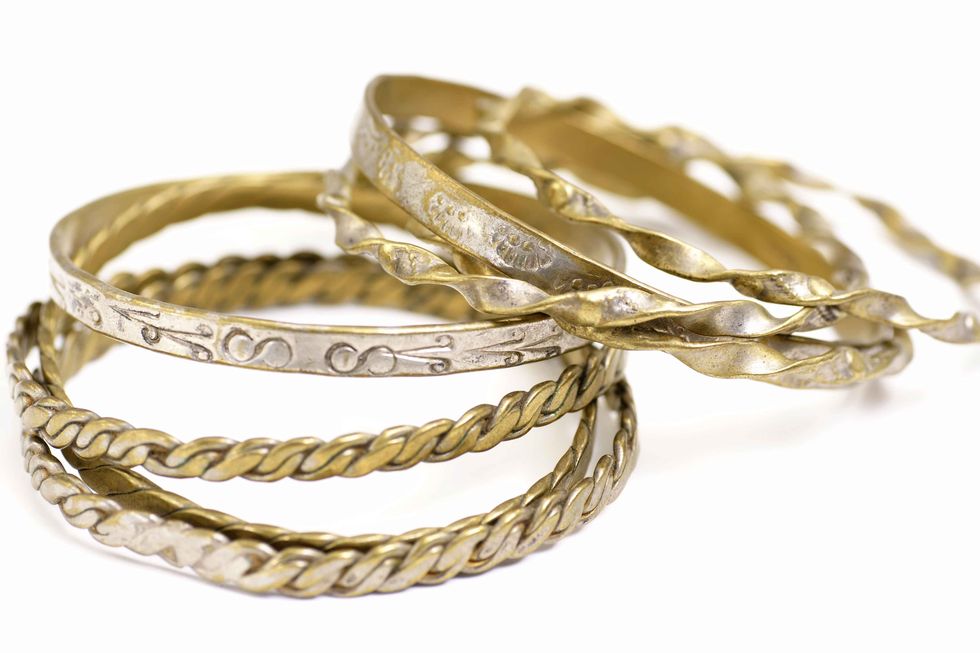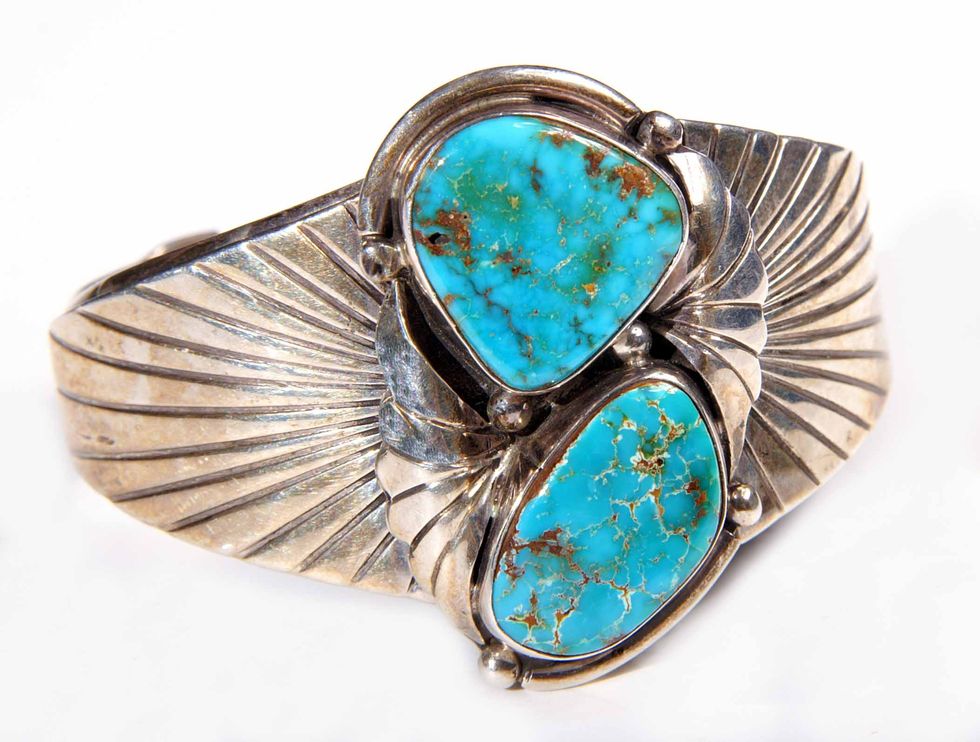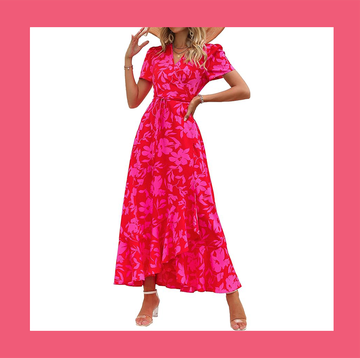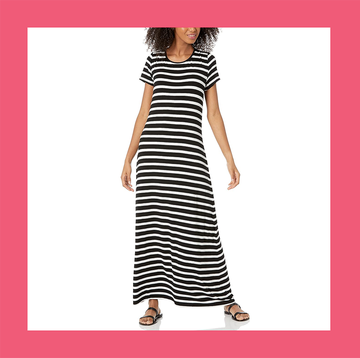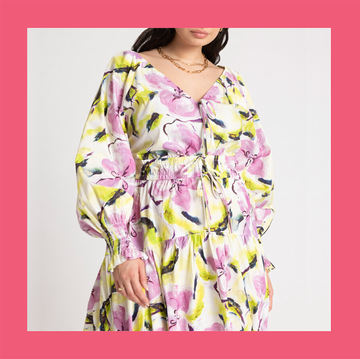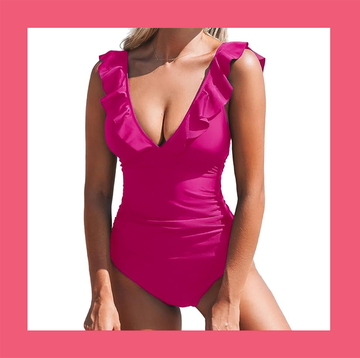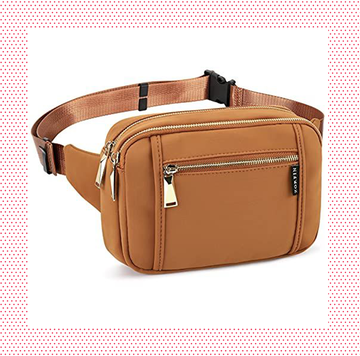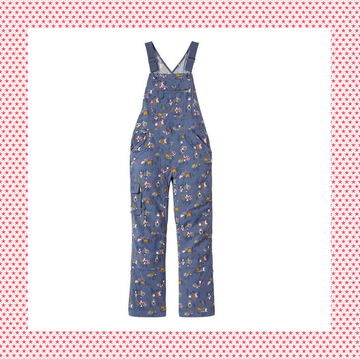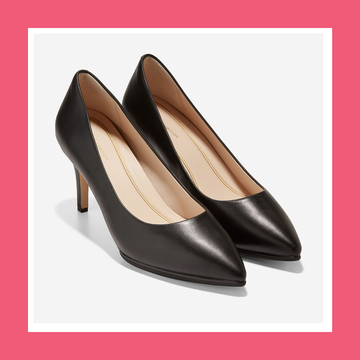A quick Web search will turn up hundreds of different methods for cleaning your jewelry—like using toothpaste to make diamonds sparkle, beer to shine gold and ketchup to polish silver. These are exactly the kind of clever tricks you'd love to try…just not on your own jewelry. So instead of experimenting with Grandma's heirlooms, we talked to the pros to find out how to safely care for your jewelry.
Pearls
"When pearls are visibly dirty, wash them in 1 teaspoon of Woolite diluted in 1 quart of water," says Kathy Higginbotham, Silpada Designs' director of quality control. "Immerse them for 10 to 15 seconds, wipe with a soft cotton cloth and lay flat to dry." Store them in a cotton bag—never plastic—separate from other jewelry. To ensure that they stay lustrous, think outside the jewelry box: wearing them regularly will keep them polished, thanks to your body's natural oils. When you take them off, wipe them with a dry cotton cloth.
Diamonds
"The best way to clean a diamond is with warm soapy water and a soft-bristle brush or old toothbrush," says Loretta Castoro, vice president and international jewelry buyer for Jewelry Television. Pat it dry with a soft cloth. You may have heard that using toothpaste gets your diamond to sparkle; it's not a great idea, says Castro. "While toothpaste won't harm the diamond, it is abrasive enough to harm the softer metals next to the diamond, like silver, so it is not recommended."
Gold
Always remove gold jewelry before showering or cleaning because "soap and chemicals can cause a film to form on karat gold, which makes it appear dull and dingy," says Castoro. While there are plenty of commercial cleaners available, it's just as effective to clean gold with what you already have. For untarnished jewelry, mix a few drops of mild dish detergent with warm water, and scrub with a soft-bristle toothbrush. If it's tarnished, mix a few drops of ammonia into soapy water, submerge the jewelry and carefully brush with a soft-bristle toothbrush. Rinse it with lukewarm water and allow it to dry.
Avoiding chlorine is key to keeping gold jewelry looking good. "Chlorine at high temperatures, like in a hot tub, can permanently damage or discolor your gold jewelry," says Castoro.
Sterling Silver
"Sterling silver is a soft metal that can scratch easily," says Higginbotham. "Scrubbing it or using a cloth with even the slightest abrasiveness will harm the surface." She advises using a silver polishing cloth or a very soft, clean sponge with no residue to polish and get rid of tarnish.
Jewelry with a Textured Surface
A brass brush, which can be found in the paint department of a hardware store, with soapy water works especially well on textured 14 karat gold jewelry, says Nantucket-based jeweler Jessica Hicks. "The tiny bristles get in the grooved surface to clean. The brass metal of the bristles help give it a nice satin polished look." For silver jewelry with an intricate design, use a silver-cleaning paste to get into the grooves, and wipe with a soft, clean cloth.
Turquoise
According to Carly Wickell, author of About.com's Guide to Jewelry, you should "clean your turquoise in warm, sudsy water and dry it immediately with a soft cloth. Don't submerge the stone in water—it is very porous and liquids can easily seep in and cause discoloration." Avoid commercial jewelry cleansers, as they can also discolor the stone.
Note: While commercial cleaners, including dip treatments, often work on most jewelry, our experts agree that products you have around the house will be just as effective—no need to run out and buy anything. As for the ketchup, beer and other grocery store stand-ins? None of our experts endorse them, but we haven't found any evidence that they don't work.

